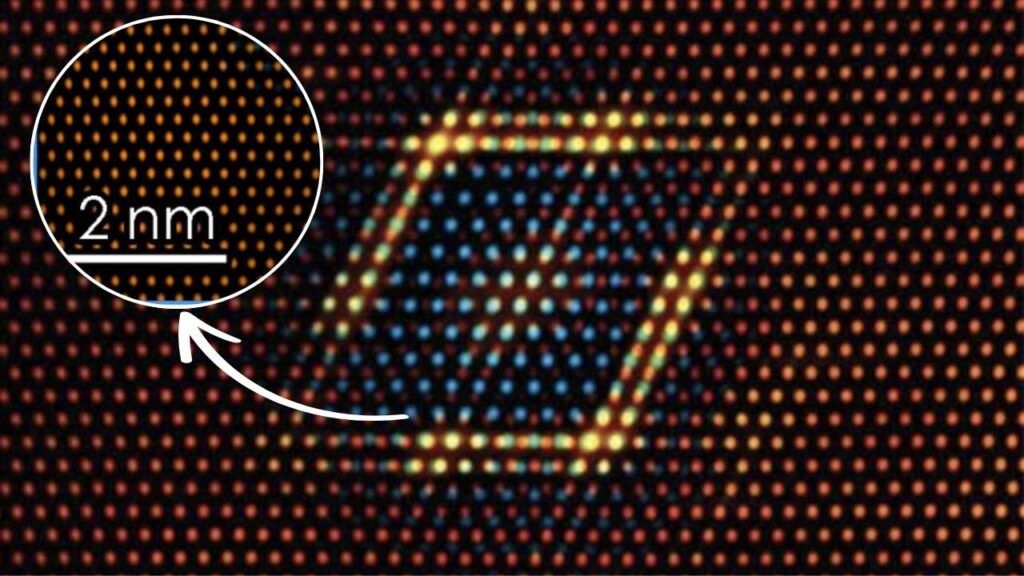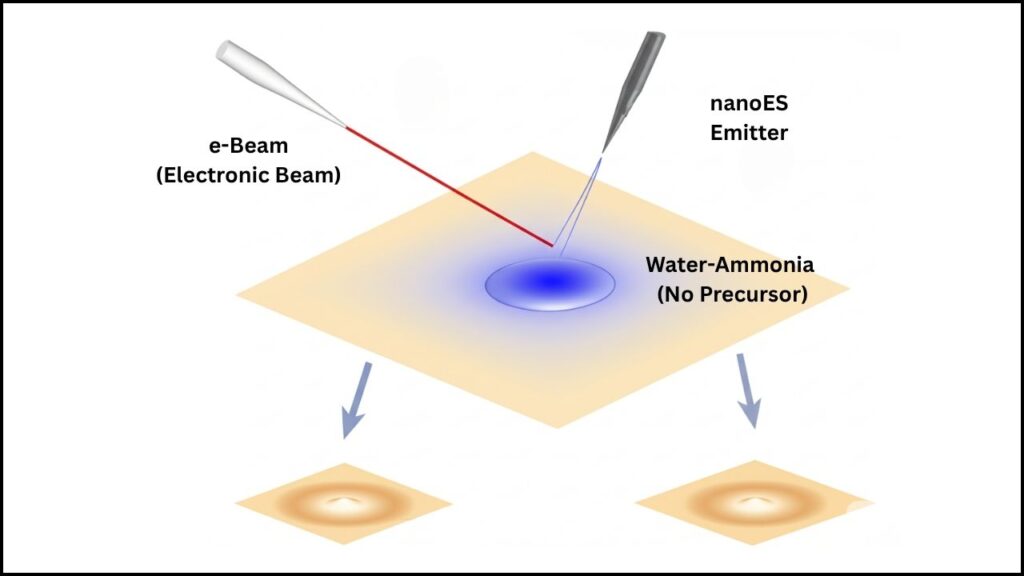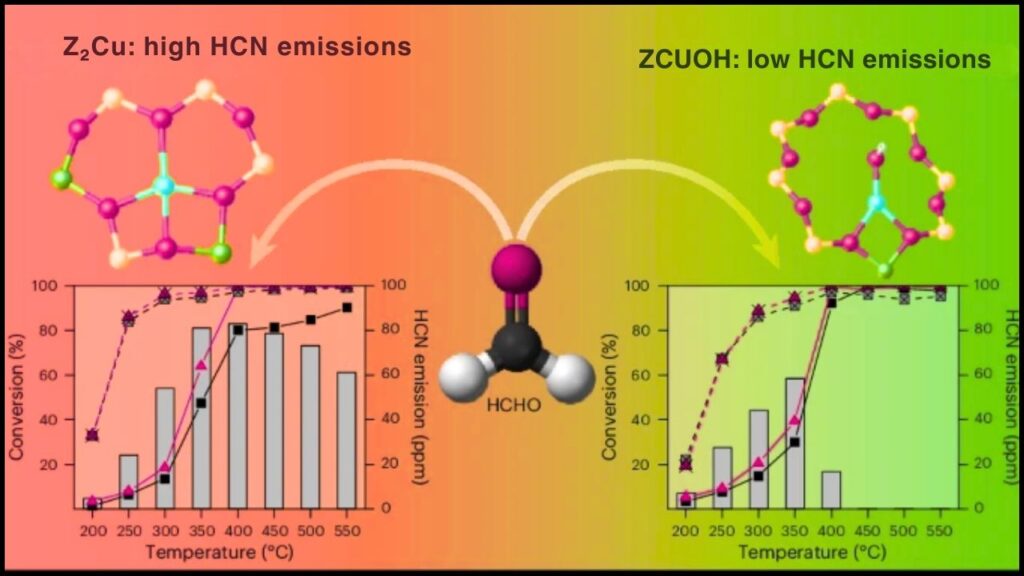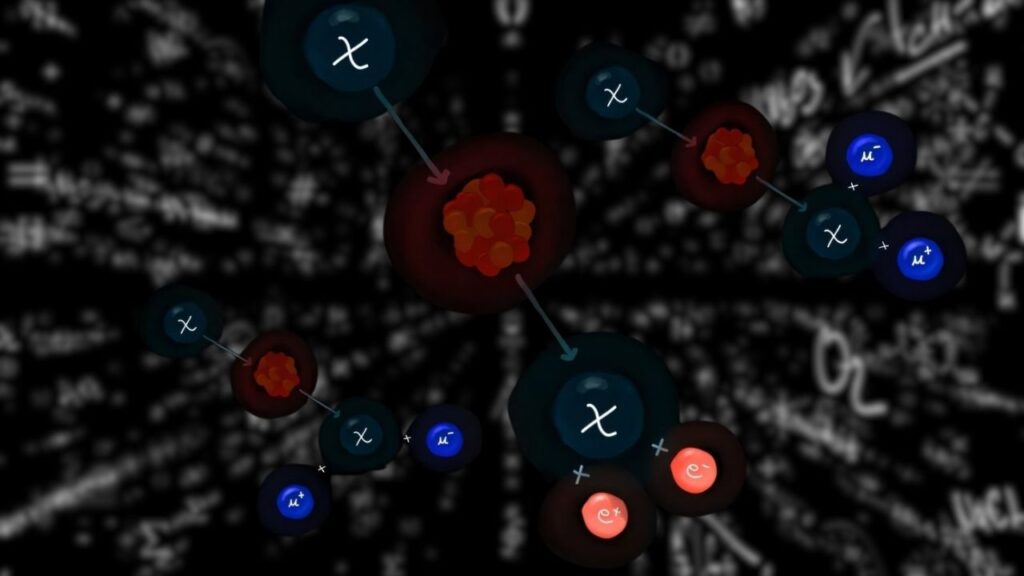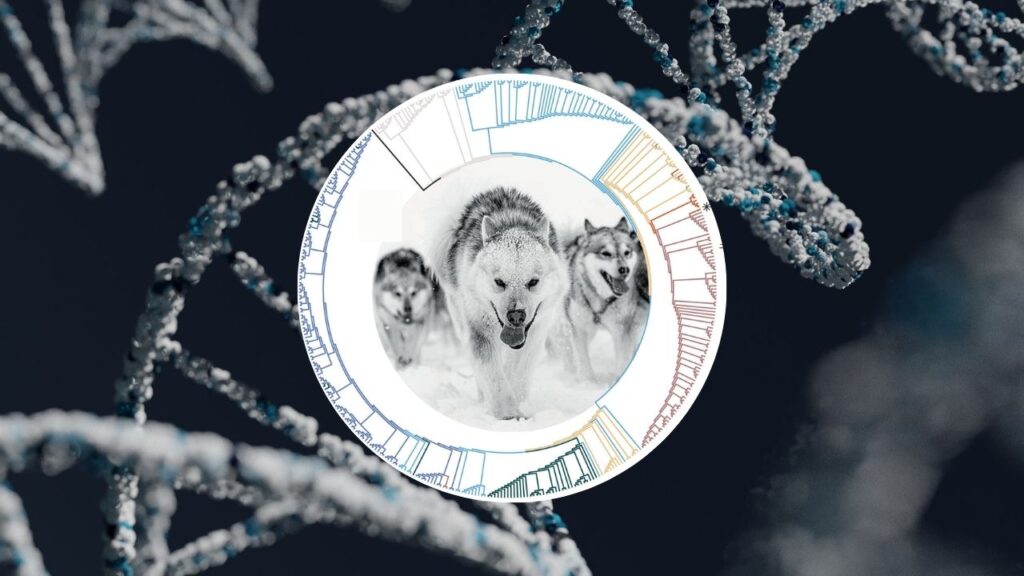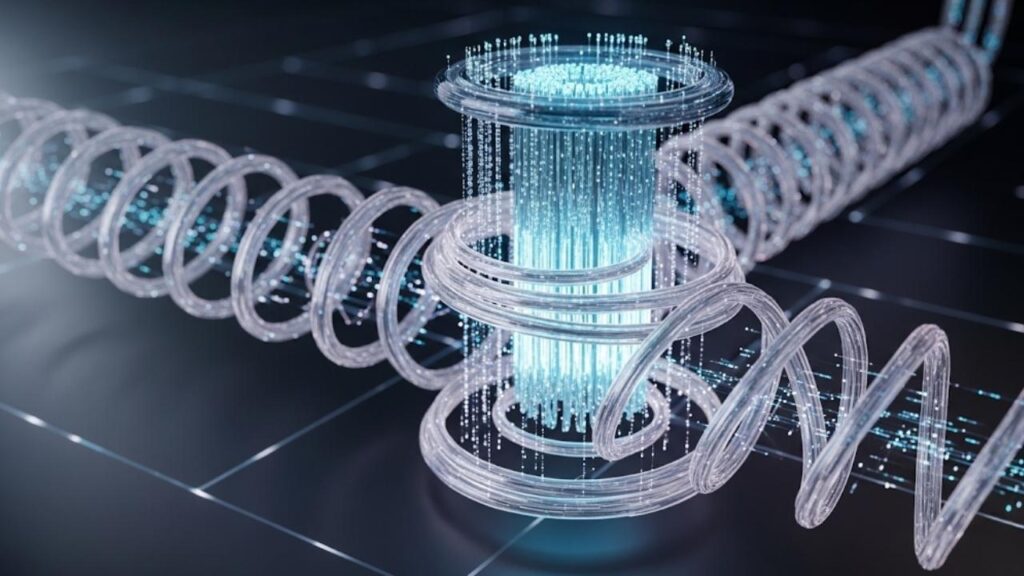Physicists introduce new way to quantify quantum duality of waves and particles—a statement that signals a major leap in our understanding of the quantum world. For over a century, scientists have marveled at the strange behavior of light and matter, which can act both like waves and like particles. This phenomenon, called wave-particle duality, is at the heart of quantum mechanics and has shaped the way we view the universe.
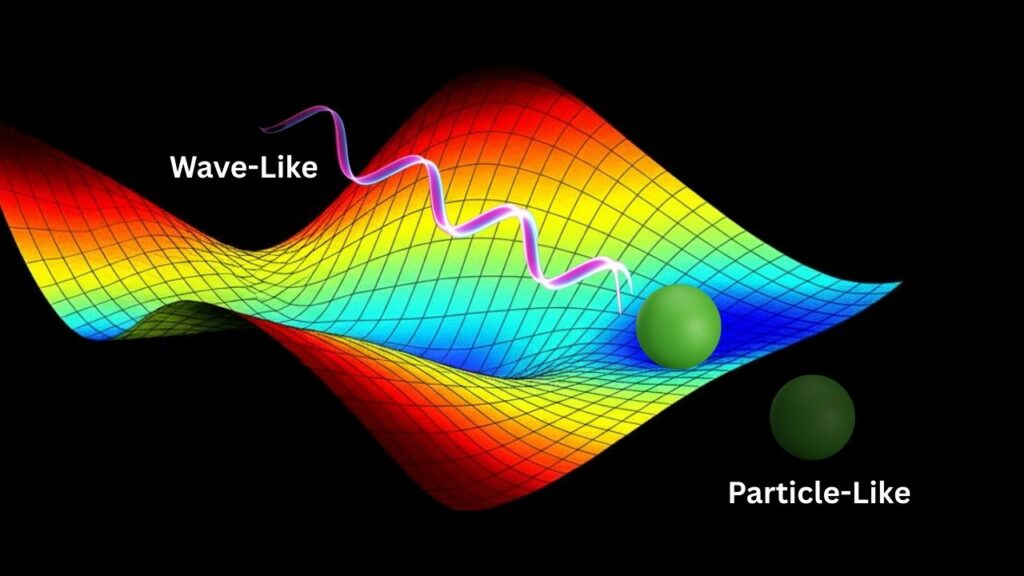
Now, a team of physicists has developed a groundbreaking mathematical framework that allows us to precisely measure how much a quantum object is behaving as a wave and how much as a particle at any given moment. This breakthrough, recently published in a peer-reviewed journal, is not just a theoretical curiosity—it has profound implications for technology, scientific research, and our fundamental understanding of nature.
Table of Contents
New Way to Quantify Quantum Duality of Waves and Particles
| Feature/Topic | Details & Data | Career/Professional Impact |
|---|---|---|
| Wave-Particle Duality | Fundamental property of quantum objects; both wave-like and particle-like behaviors observed in photons, electrons, etc. | Essential for quantum physics, chemistry, tech |
| New Quantification Framework | Closed mathematical relationship now quantifies wave-ness and particle-ness exactly | Enables precise quantum measurements, new tech |
| Historical Experiments | Double-slit experiment, photoelectric effect, De Broglie hypothesis | Foundation for quantum mechanics, quantum computing |
| Key Constants | Planck’s Constant (h = 6.626×10⁻³⁴ J·s), De Broglie wavelength | Used in physics, chemistry, engineering |
| Professional Applications | Quantum computing, imaging, cryptography, sensors | Drives innovation in tech and research |
| Official Resource | Peer-reviewed quantum research publication | Authoritative source for latest findings |
The introduction of a new way to quantify quantum duality of waves and particles marks a pivotal moment in physics. By providing an exact mathematical relationship between wave-ness, particle-ness, and coherence, scientists have unlocked a deeper understanding of the quantum world. This breakthrough not only resolves a century-old puzzle but also paves the way for innovations in technology and science that will shape the future.
Understanding Wave-Particle Duality: The Heart of Quantum Physics
What Is Wave-Particle Duality?
Wave-particle duality is the concept that quantum entities such as photons (particles of light) and electrons (particles found in atoms) can display both wave-like and particle-like characteristics. This means that, depending on how we observe them, these tiny building blocks of matter can behave like waves—spreading out, interfering, and creating patterns—or like particles—showing up as single, localized impacts.
The Double-Slit Experiment: A Window into Quantum Weirdness
One of the most famous demonstrations of wave-particle duality is the double-slit experiment. In this experiment, a beam of light or a stream of electrons is directed at a barrier with two narrow slits. If only one slit is open, the particles create a simple pattern on a screen behind the barrier. But when both slits are open, a series of bright and dark bands appears—an interference pattern that can only be explained if the particles are behaving like waves.

Even more astonishing, if you send electrons through the slits one at a time, each electron still contributes to the interference pattern over time. This suggests that each electron is somehow interfering with itself, acting as both a wave and a particle.
Why Is This Important?
Wave-particle duality is not just a scientific curiosity—it is foundational to quantum mechanics, the branch of physics that describes the behavior of the universe at the smallest scales. This principle underpins technologies ranging from lasers and semiconductors to quantum computers and medical imaging devices.
The Breakthrough: Precisely Measuring Quantum Duality
The Challenge
For decades, physicists have known that wave-ness and particle-ness are two sides of the same coin. Traditionally, scientists could only describe their relationship using inequalities, which meant the sum of an object’s wave-like and particle-like behaviors could be less than or equal to one. This approach, while useful, left a gap: it didn’t allow for a precise, quantitative measurement of how much of each property was present at any given time.
The New Mathematical Framework
The new framework introduced by physicists provides an exact, closed mathematical relationship between wave-ness and particle-ness. By introducing the concept of coherence—a measure of how much a quantum object can exhibit interference—the framework ensures that the sum of wave-ness, particle-ness, and coherence always equals one in an ideal quantum system.
What Is Coherence?
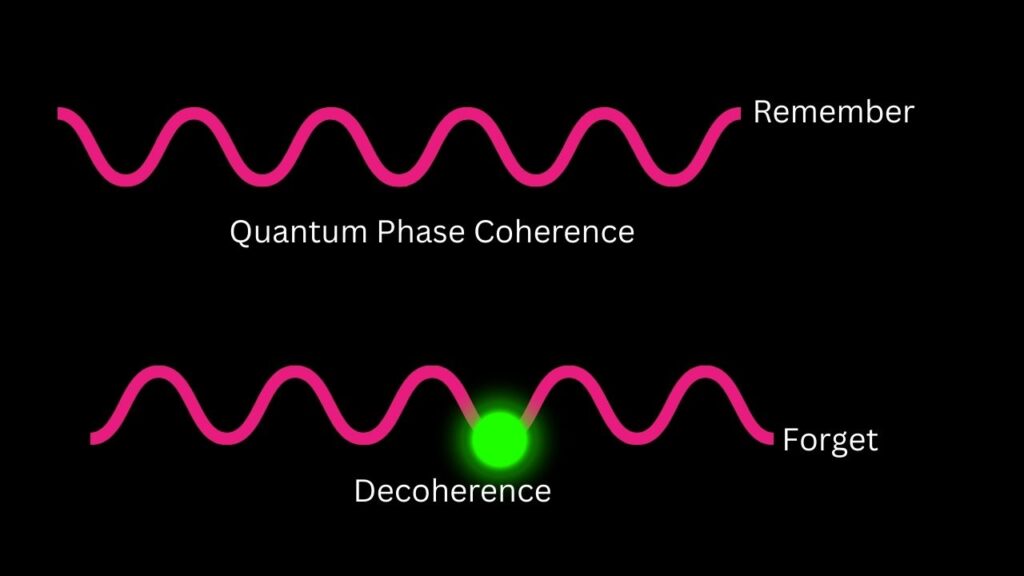
Coherence refers to the ability of a quantum system to show interference effects. In simple terms, it measures how “wave-like” a system can be. The more coherent a system is, the more pronounced its wave behavior.
The Formula
While the precise formula is mathematically advanced, the core idea is simple:
Wave-ness + Particle-ness + Coherence = 1 (in a perfectly coherent quantum system).
This allows scientists to:
- Quantify exactly how much a quantum object is behaving as a wave or a particle.
- Predict the effects of changing experimental setups.
- Optimize the design of quantum technologies.
Breaking Down the Science: Easy-to-Follow Explanations
1. Waves vs. Particles: The Basics
- Waves: Spread out, overlap, and create patterns. Think of ripples on a pond.
- Particles: Tiny, localized, and discrete. Imagine marbles rolling across a table.
2. Light as a Wave
- Light bends around obstacles, spreads out, and forms rainbows—classic signs of wave behavior.
- Waves can interfere, creating areas of brightness (constructive interference) and darkness (destructive interference).
3. Light as a Particle
- In the photoelectric effect, light knocks electrons off a metal surface one at a time, behaving like a stream of particles called photons.
- Each photon carries a specific amount of energy, determined by its frequency.
4. Electrons as Waves and Particles
- Electrons, though usually thought of as particles, can also behave like waves. When passed through a double-slit apparatus, they create interference patterns.
- The de Broglie wavelength describes the wave-like nature of any moving particle, linking its momentum to its wavelength.
5. Superposition and Uncertainty
- Superposition: Quantum objects can exist in multiple states at once, such as being in two places simultaneously.

- Uncertainty Principle: The more precisely you know a particle’s position, the less precisely you can know its momentum, and vice versa. This is a direct consequence of wave-particle duality.
The Historical Journey: How We Got Here
Early Discoveries
- Max Planck introduced the idea that energy is quantized, laying the groundwork for quantum theory.
- Albert Einstein explained the photoelectric effect by proposing that light comes in packets (photons), earning him the Nobel Prize.
- Louis de Broglie suggested that all matter has wave-like properties, not just light.
Key Experiments
- Double-slit experiment: Demonstrated wave-particle duality for both light and electrons.
- Photoelectric effect: Showed that light can behave as particles.
- Electron diffraction: Confirmed that electrons, like light, can act as waves.
Why This Breakthrough Matters
For Scientists and Researchers
The new framework provides a powerful tool for designing experiments and interpreting results. It enables a deeper understanding of quantum phenomena and opens new avenues for research in quantum mechanics, quantum information science, and materials science.
For Engineers and Technologists
Precise quantification of quantum duality is crucial for developing advanced technologies such as quantum computers, ultra-secure communication systems, and highly sensitive sensors. It allows for greater control and optimization of quantum devices, leading to more reliable and efficient technology.
For Students and the Curious Public
This breakthrough makes the mysterious world of quantum physics more accessible and understandable. It provides a clear, quantitative way to grasp how quantum objects behave, making it easier to learn and teach these concepts.
Real-World Applications and Future Potential
Quantum Computing
Quantum computers leverage the principles of superposition and entanglement, both rooted in wave-particle duality, to perform calculations far beyond the reach of classical computers. Precise measurement of quantum duality could lead to more stable and powerful quantum processors.
Quantum Cryptography
Quantum cryptography uses the properties of quantum mechanics to create communication systems that are virtually impossible to hack. Understanding and controlling wave-particle duality enhances the security and reliability of these systems.
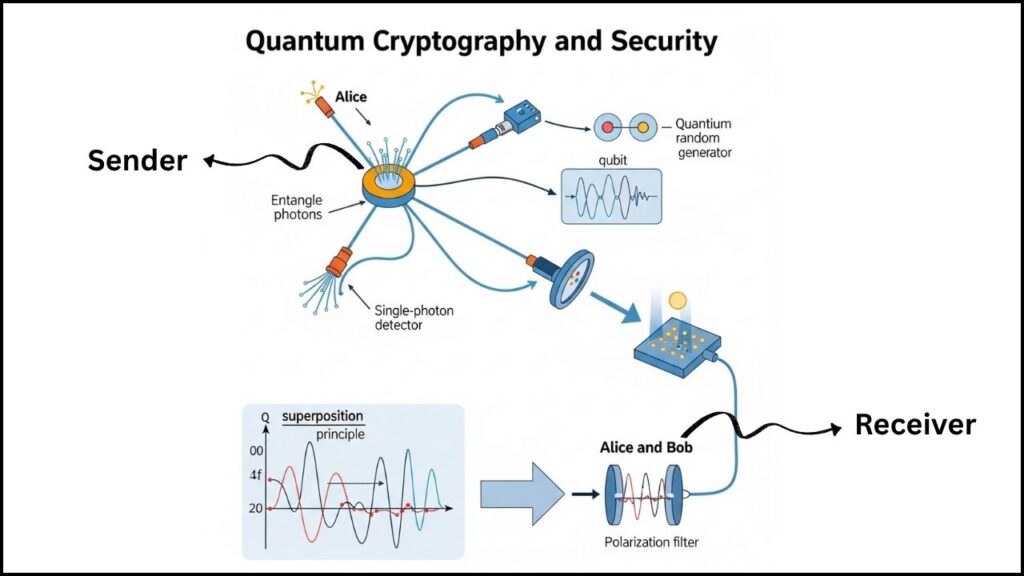
Advanced Imaging and Sensing
Quantum sensors can detect incredibly small changes in physical conditions, such as magnetic fields or temperature. Improved quantification of quantum duality allows for the development of more sensitive and accurate sensors, benefiting fields from medicine to environmental science.
Nanotechnology and Materials Science
At the nanoscale, controlling the quantum properties of materials is essential for creating new devices and materials with unique properties. The new framework aids in designing materials with tailored quantum behaviors.
New Discovery in Atomic Physics Could Unlock Powerful Quantum Behaviors in Ultra-Cold Matter
Quantum Measurement Tests Challenge Traditional Notions of Time Order
Quantum-Enhanced Supercomputers Are Now Doing Real Chemistry—Here’s What It Means
FAQs About New Way to Quantify Quantum Duality of Waves and Particles
What is wave-particle duality in simple terms?
It’s the idea that tiny things like light and electrons can act both like waves (spreading out and interfering) and like particles (hitting one spot at a time).
Why did scientists need a new way to measure wave-particle duality?
Previous methods could not provide an exact measurement of how much something was acting like a wave or a particle. The new framework allows for precise quantification, which is essential for advanced research and technology.
What is coherence in quantum mechanics?
Coherence measures the ability of a quantum object to display interference effects, reflecting how “wave-like” its behavior can be.
Who were the key contributors to the discovery of wave-particle duality?
Pioneers include Max Planck, Albert Einstein, and Louis de Broglie, each of whom made foundational contributions to our understanding of quantum mechanics.
How does this new understanding impact technology?
It enables the development of more reliable quantum computers, secure communication systems, advanced sensors, and innovative materials by allowing precise control over quantum behaviors.
